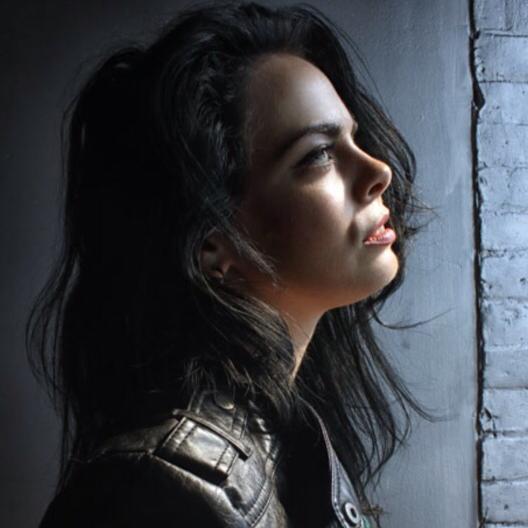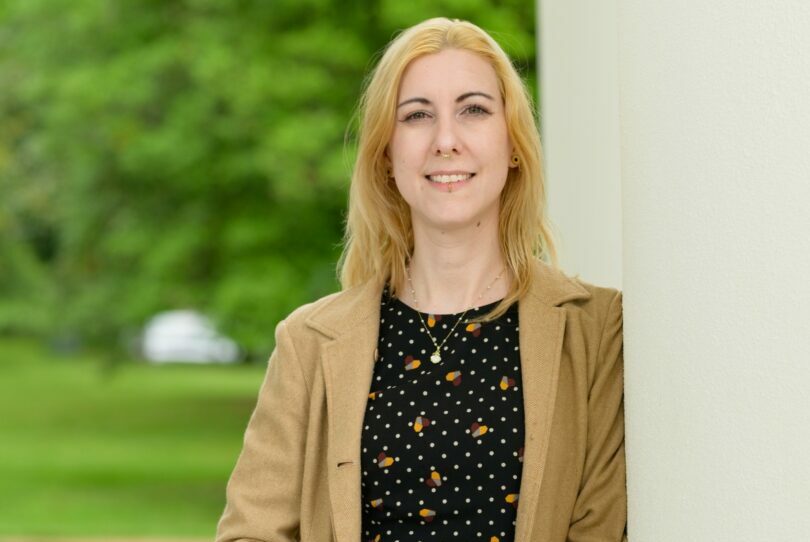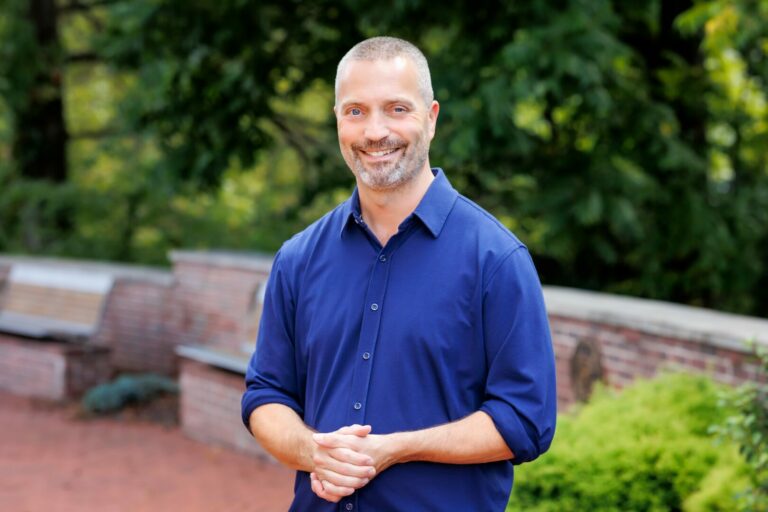Brittany Holdahl Donahue shared their story and experiences with us recently and you can find our conversation below.
Brittany, really appreciate you sharing your stories and insights with us. The world would have so much more understanding and empathy if we all were a bit more open about our stories and how they have helped shaped our journey and worldview. Let’s jump in with a fun one: What do you think is misunderstood about your business?
Oh, there are quite a few misunderstandings about Stage Combat and Theatrical Thanatology, to be sure! At first glance, people hear “stage combat” and think it’s all about sword fights or choreographed brawls, if not actual violence; or they hear “thanatology” and assume it’s strictly about hospice care or funerals. However, the work we do lives in a much more nuanced space: Stage combat, at its core, is not about violence: it’s about storytelling through movement. It’s highly disciplined, consent-based, and deeply collaborative: Communication rather than confrontation; prestidigitation rather than martial arts. We’re not just teaching people how to fake punch; we’re teaching them how to move with intention, to understand biomechanics, and to protect both themselves and their scene partners physically and emotionally. When you introduce thanatology into the mix, especially in a theatrical context, people sometimes assume it’s going to be grim or clinical. For us, it’s actually a way to help artists and audiences confront mortality with honesty, care, and catharsis. We explore how grief, loss, and death are portrayed on stage and how those portrayals impact both the performer and the viewer. It’s navigating truth in narrative, not some sort of, like, “trauma tourism”.
Another big misconception is that this work is only for experienced performers or professionals in the mental wellness or mortuary science fields: It is accessible to all. We work with everyone from emerging artists to community members processing personal grief through performance. The goal is never perfection; it’s presence. I think people are surprised by just how humanizing and healing that process can be.
So yes, there’s choreography and blood packs and fight calls and “playing dead,” but there’s also breathwork, boundary-setting, subconscious work, and grief literacy.
Can you briefly introduce yourself and share what makes you or your brand unique?
I’m happy to! Argent Combat is a Philadelphia-based stage combat and theatrical violence school that I co-founded with my partner, J. Oliver Donahue (Society of American Fight Directors and Fight Directors Canada Certified Instructor), to reimagine what this field can look and feel like. We train actors, movement artists, and storytellers in every stage combat discipline recognized by our parental organizations (i.e., Unarmed, Knife, Single Sword, Smallsword, Longsword, Rapier and Dagger, Sword and Shield, Quarterstaff), and all rooted in principles of consent, biomechanics, and narrative clarity. We are currently the only stage combat organization in the country that has been specifically highlighting (if not pioneering) theatrical thanatology as a field of study within our industry
I personally bring another lens to the work: I’m a a Certified End-of-Life Doula, Grief Coach, and a Drama for Well-being Practitioner (Int’l Practitioners of Holistic Medicine, Inter’l Association of Therapists, Complementary Medical Association) and a Certified Hypnotherapist (Int’l Board of Coaches and Practitioners). I use those tools to guide performers through embodied transformation, especially around themes of mortality, trauma, and healing. My focus in theatrical thanatology helps artists portray death not just as spectacle, but as something deeply human. That, to me, is where the real power lives: Helping actor combatants and audiences confront and accept their own impermanence and mortality and establishing that urgency so intrinsic and necessary for poignant performances.
What truly makes our organization special is our people! Stage combat has traditionally been a pretty cishet, masculine-dominated space. At Argent, we flipped that narrative: We’re predominantly femme- and LGBTQIA+-operated, and we actively work to hold space for underrepresented voices, both in leadership and in the classroom. According to our 2024 annual survey, 54% of our students don’t identify as white, straight, cis men. That representation matters and shapes how we choreograph violence, how we teach safety, and how we build community. What really sets us apart is the way we center autonomy, agency, and identity in everything we do and the course corrections we consistently apply to ensure that all of our students, staff, and audiences know that all bodies are good bodies, capable of being vessels for storytelling.
We’ve also made a point to work within real-world constraints: Oliver choreographs for small theaters and college productions that work on tight budgets. Access shouldn’t be a barrier to artistry. Whether I’m consulting on a Shakespearean death scene or working with our incredible cadre of instructors and demo assistants in helping a devised ensemble explore grief through movement, we always try to meet artists where they are.
Amazing, so let’s take a moment to go back in time. What did you believe about yourself as a child that you no longer believe?
As a “whimsigoth” 90’s kid growing up (all celestial-print velvet, curiosity, and a Ouija board keychain I bought from Claire’s) I was conditioned to believe that thinking about death and violence made me “too much”: Too dark, too morbid, too depressing, too creepy, too depressing, too sensitive. I internalized this idea that my questions about mortality, grief, suffering, and even the ethics of violence were somehow wrong or dangerous. For the longest time, I withheld my questions like I was some sort of harbinger of doom, harmful to others.
I now know that’s not true. In fact, I live to be “dangerous” because anyone who sees me as a threat is clearly out of line and deserves to be challenged: You’re on the wrong side of history if you don’t believe in the representation of marginalized people and advocacy for the autonomy and agency of the dying and bereaved. I’ve built my entire life and career around the very questions I was once told not to ask: I’ve come to understand that curiosity about death is not a flaw or indicator of mental illness; it’s a form of empathy and a way of holding space for what it means to be human. What I once saw as a liability, I now see as my vocation. That “too much” goth kid was actually the correct amount: If you ask the same questions that she did and you’re told you’re wrong for doing so, do not break yourself down to morsels; let your challengers masticate like grown-ups (or choke, if they can’t “chew” your message).
Do you remember a time someone truly listened to you?
Yes! Last Spring, I approached two artists whom I both love as friends and admire as leaders in theatrical thanatology: Society of American Fight Directors Fight Master, J. David Brimmer (he/they), and Stage Combat and Theatrical Intimacy Choreographer, Eli Lynn (they/them). I did this, too, with the encouragement of my amazing partner, J. Oliver Donahue (he/him).
For Argent Combat last Fall, Oliver and I had designs to go outside the box and lead an unarmed stage combat workshop that focused more on the visceralness and performance behind portrayals of unarmed violence on-stage, rather than focusing on the Society of American Fight Directors’ Skills Proficiency Test and certification in a discipline. We called this workshop “Red in Tooth and Nail”. Since we were running this course as an exploratory, I wanted to have a one-off theatrical thanatology class, and Oliver encouraged me to reach out to David and Eli. To my unparalleled delight, David and Eli were excited to collaborate on this class with me! We led a one-off “Red in Tooth and Nail” Death Masterclass in which David led a poignant, meditative exercise inspired by Lee Strasberg that explored the physiology and psychology of what it is to die and kill; Eli led a biomechanical exercise exploring what the body does as a corpse onstage; and I closed the workshop with a guided meditation and immersive death simulation inspired by Atisha’s Nine Contemplations of Death.
From three beloved, talented friends listening and supporting, Theatrical Thanatology was given purchase to root in Argent Combat. I now guide mini-lessons during our certification courses, led a Zoom workshop called “Goodnight, Sweet Prince” which explored the biomechanics and kinesiology of deaths in Shakespearean plays, and I will be leading another Zoom workshop this coming October titled “Corpse de Théâtre” which will explore horror tropes like reanimation and vampirism in theatre and film.
Alright, so if you are open to it, let’s explore some philosophical questions that touch on your values and worldview. What’s a cultural value you protect at all costs?
Embodied consent: That’s the cultural value I will defend in every room I walk into, on stage, in rehearsal, in class, and in end-of-life care. It’s not just a concept to me; it’s a practice, a politic, and a self-preservation tool.
As someone who works at the intersection of stage combat and theatrical thanatology, I hold space to explore simulated violence and symbolic death for a living. But (given my certifications in death midwifery, clinical hypnotherapy, bereavement coaching, and art therapy coaching), I’m just as interested in what it means to die well as I am in how we portray death and dying with truth on stage and in film.
In both spaces, consent is the throughline: I believe that the Good Death, even when it’s fictional, must be rooted in choice, dignity, and agency. Whether we’re staging a swordfight or guiding a character’s final breath, the performer’s body must remain their own. They need to be able to say “yes”, “no”, “not yet”, or “not like that” and have that respected in real time. Embodied consent means we’re not just telling stories, we’re building containers for transformation. It’s how we keep our actors safe when their characters are in danger. It’s how we hold space for grief, for rage, for release, without retraumatizing anyone. And it’s how we teach our students, many of whom come from marginalized or historically silenced communities, that their voice is not only welcome here, it’s necessary. When someone gives us their body, even for “pretend,” that’s a sacred agreement.
Okay, so let’s keep going with one more question that means a lot to us: If immortality were real, what would you build?
Haha, you’re asking a vocal death enthusiast and advocate for death positivity what they would build were death no longer an option?! That’s actually genius journalism; thanks for this, because I am so happy to answer!
I would seek to rebuild mortality.
Immortality sounds like a gift, but in most mythologies it’s framed as a curse and for many good reasons. Without an ending, time loses meaning, love becomes stagnant when we know it can’t be lost and don’t accept it as a verb we must choose to do every day before it’s gone, and achievement loses urgency when eternity is promised. The horror of immortality is the lack of respite and unachievable transformation. We would become less human and more like static artifacts. In our own time, we see organizations like RAADfest: Revolution Against Aging and Death and other techno-utopian or “biohack” industries peddling immortality as if it were a luxury product. These parasitic idiots are sustained only by preying on Western capitalism’s fear of death; the fear of death (thanatophobia) is capitalized on, and I find that repugnant and mortifying. To commodify the dream of immortality is to commodify despair. It is, by definition, ghoulish. True dignity and integrity do not lie in chasing snake-oil promises of eternal corporeal life, but in embracing mortality with courage, care, and curiosity. To “cheat Death” is not a phrase that would suggest honor; be a good sport.
Thanatology teaches that mortality is the ultimate gift because it creates a story. Death is not an interruption to life but its culmination, the punctuation mark that gives the sentence form. The concept of the Good Death (i.e. a death with dignity, agency, and meaning) becomes possible only because death exists. Our finitude gives birth to legacy. We create art, families, gardens, desserts, and traditions not because they last forever, but because they don’t. Storytelling, the very heart of civilization, emerges from the awareness that our time is limited. Every play, poem, and myth is an attempt to stretch the human experience beyond the grave. Without mortality, there would be no impulse to leave something behind for people we may never meet but love enough already to do so. Mortality is what infuses life with urgency and beauty. Flowers are precious because they wither; sunsets are beautiful because they end; ice sculptures melt; statues erode and are consumed by lichen and moss. Carpe diem isn’t about reckless hedonism; it’s about reverence for impermanence. Immortality would rob us of awe; mortality demands that we choose, act, risk, and love now and as loudly as possible. To “rebuild mortality” in a world of immortality would mean to return humanity the ability to complete their story as an act of love for future generations.
So, yeah, if immortality were real, what would I build? I would seek to rebuild mortality, by hook and by crook, because only in dying can we learn what it means to truly be alive. Everyone deserves the joy of knowing what it means to be alive, to tell their story, for that story to end, and to be the gigantic shoulders upon which future generations can find foundation to build upon your story with their own.
Contact Info:
- Website: https://www.argentcombat.com
- Instagram: @argentcombat
- Facebook: @argentcombat
- Other: https://linktr.ee/argentcombatmediakit
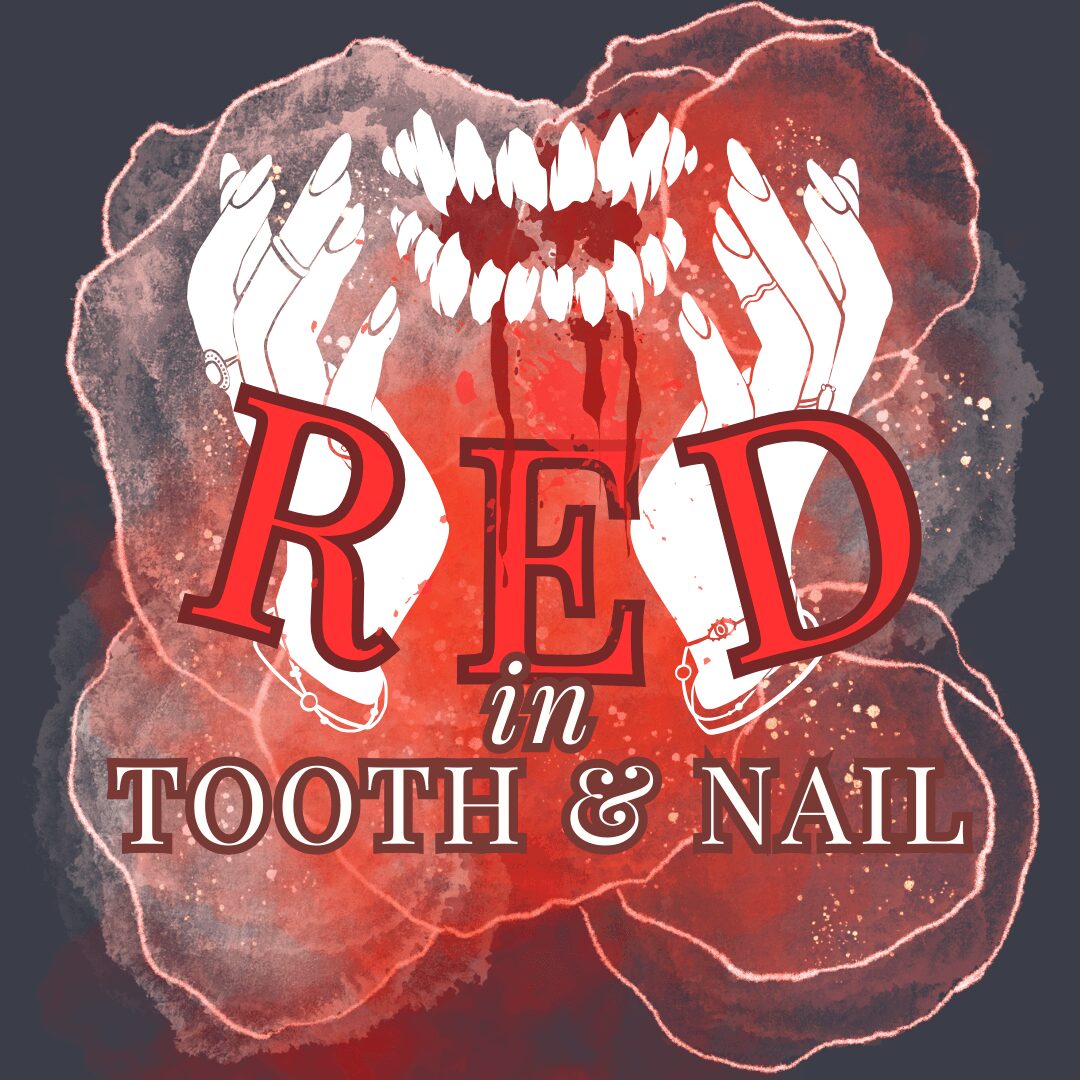
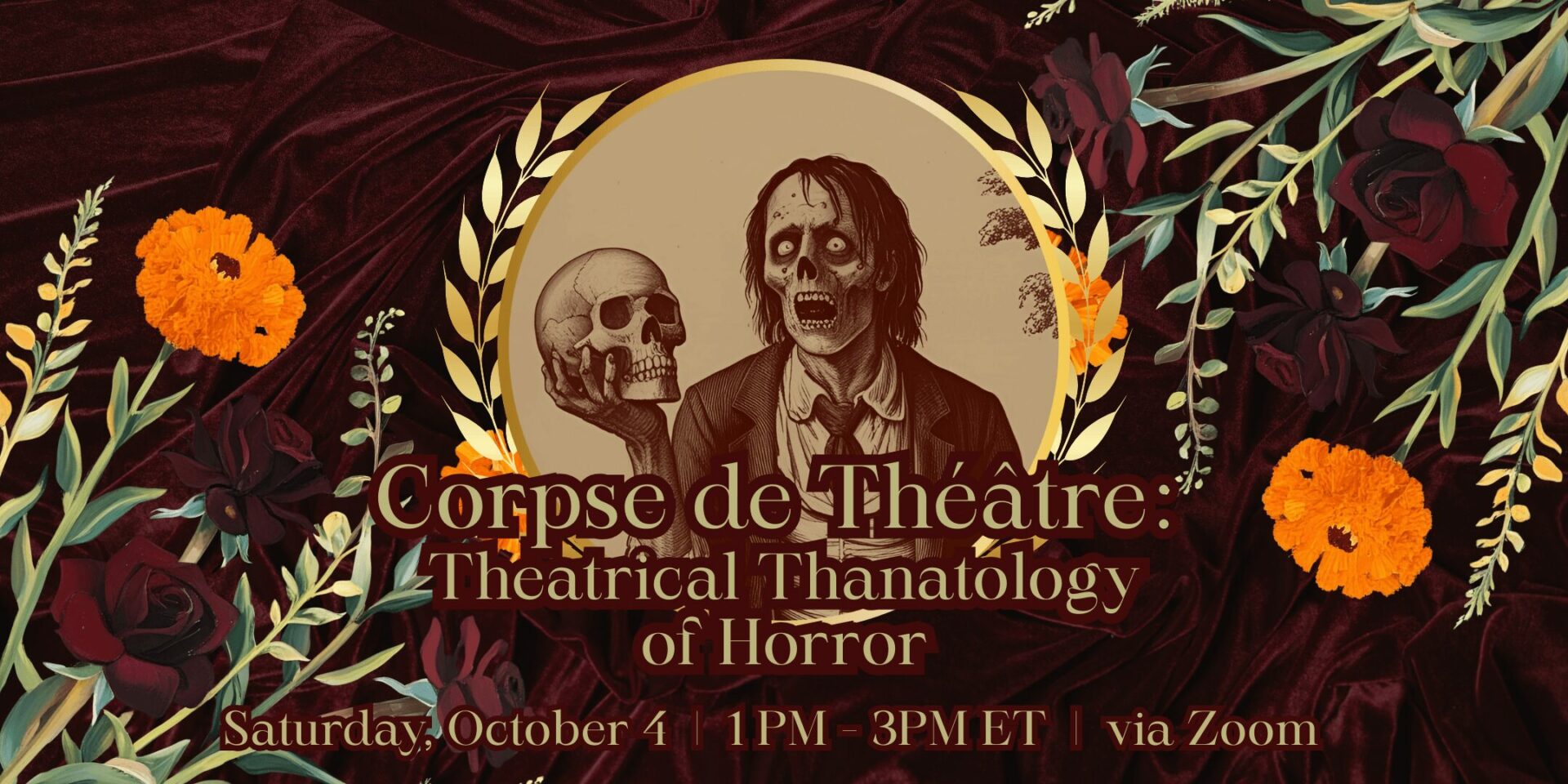
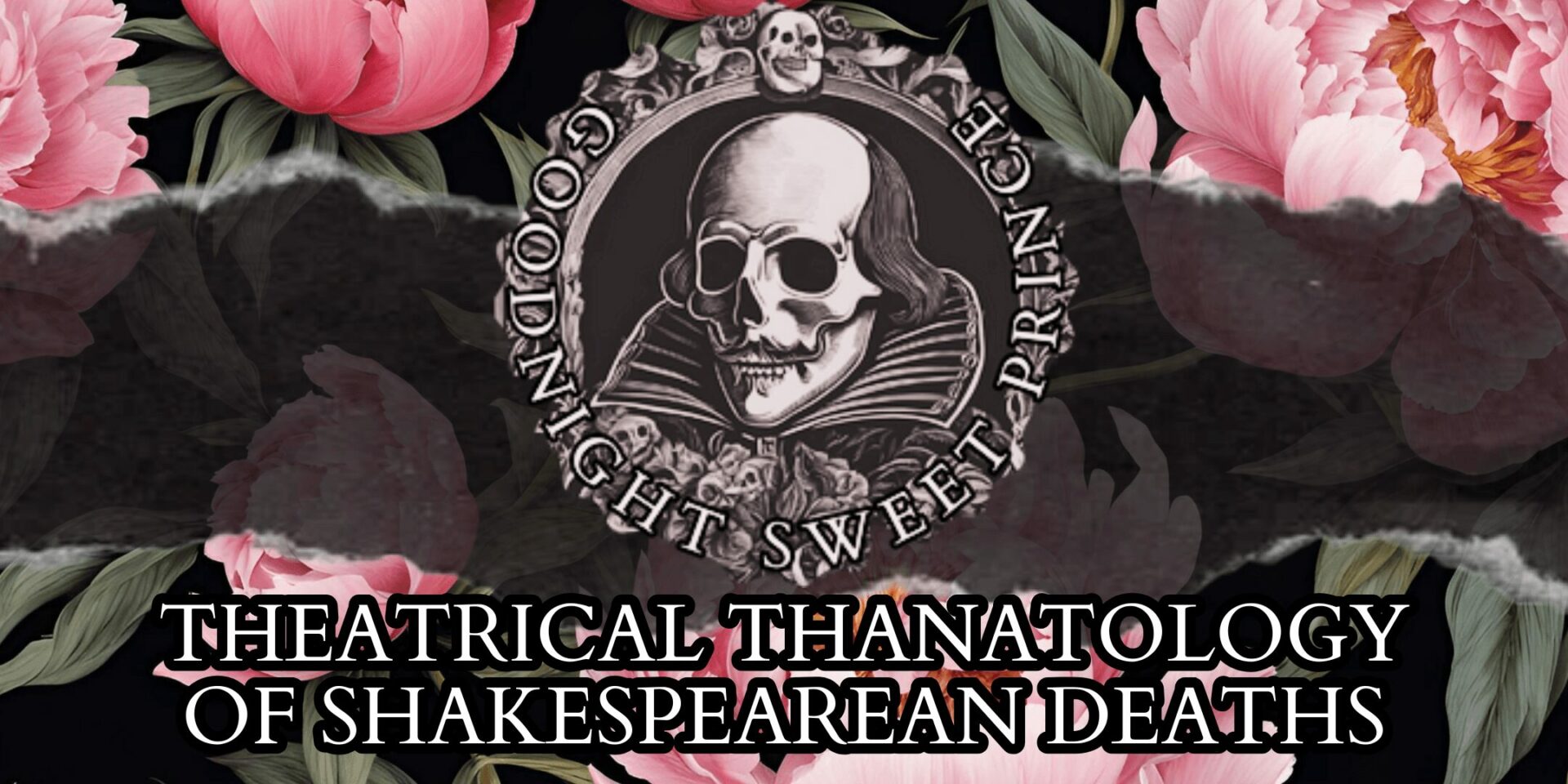
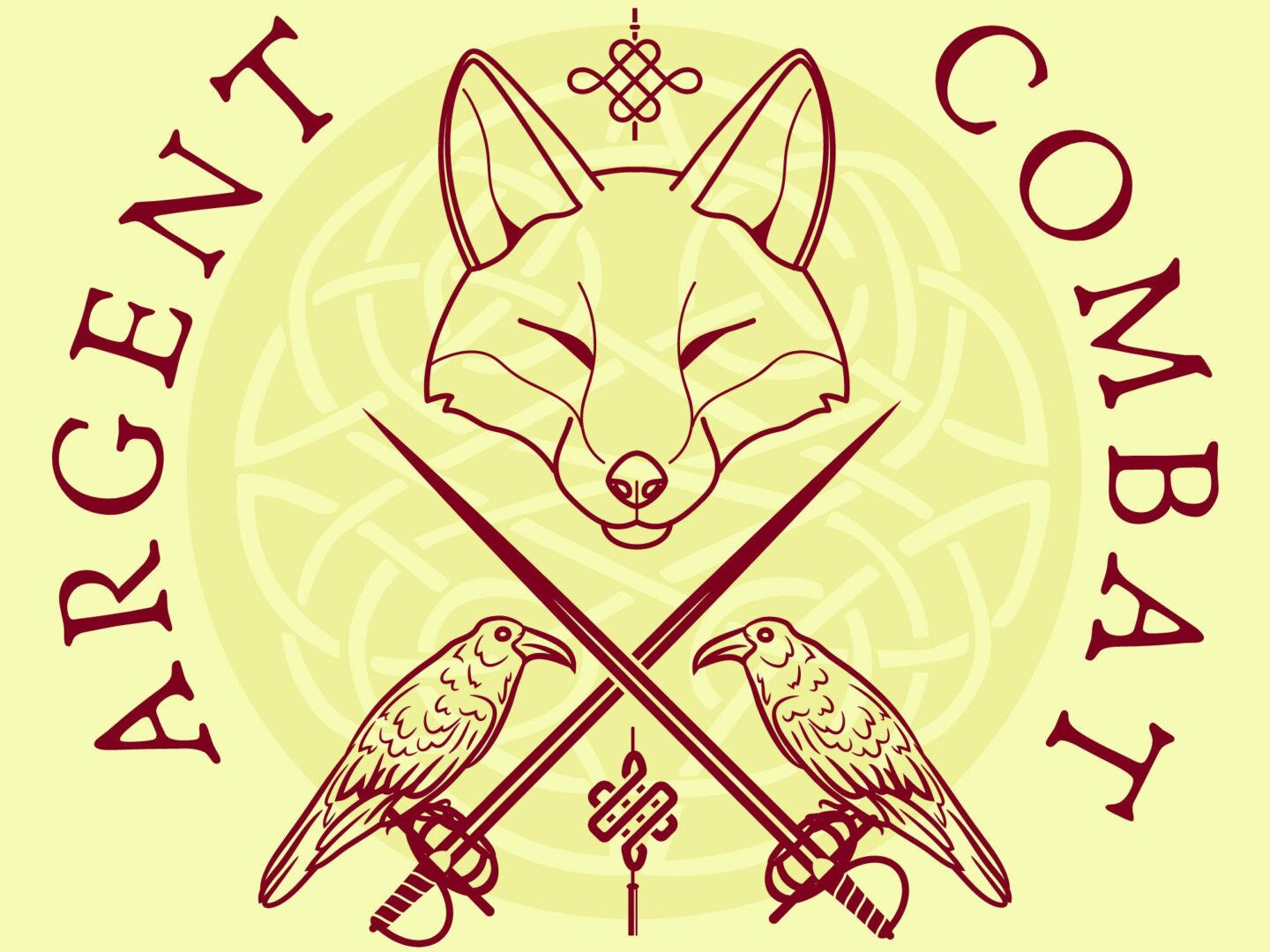
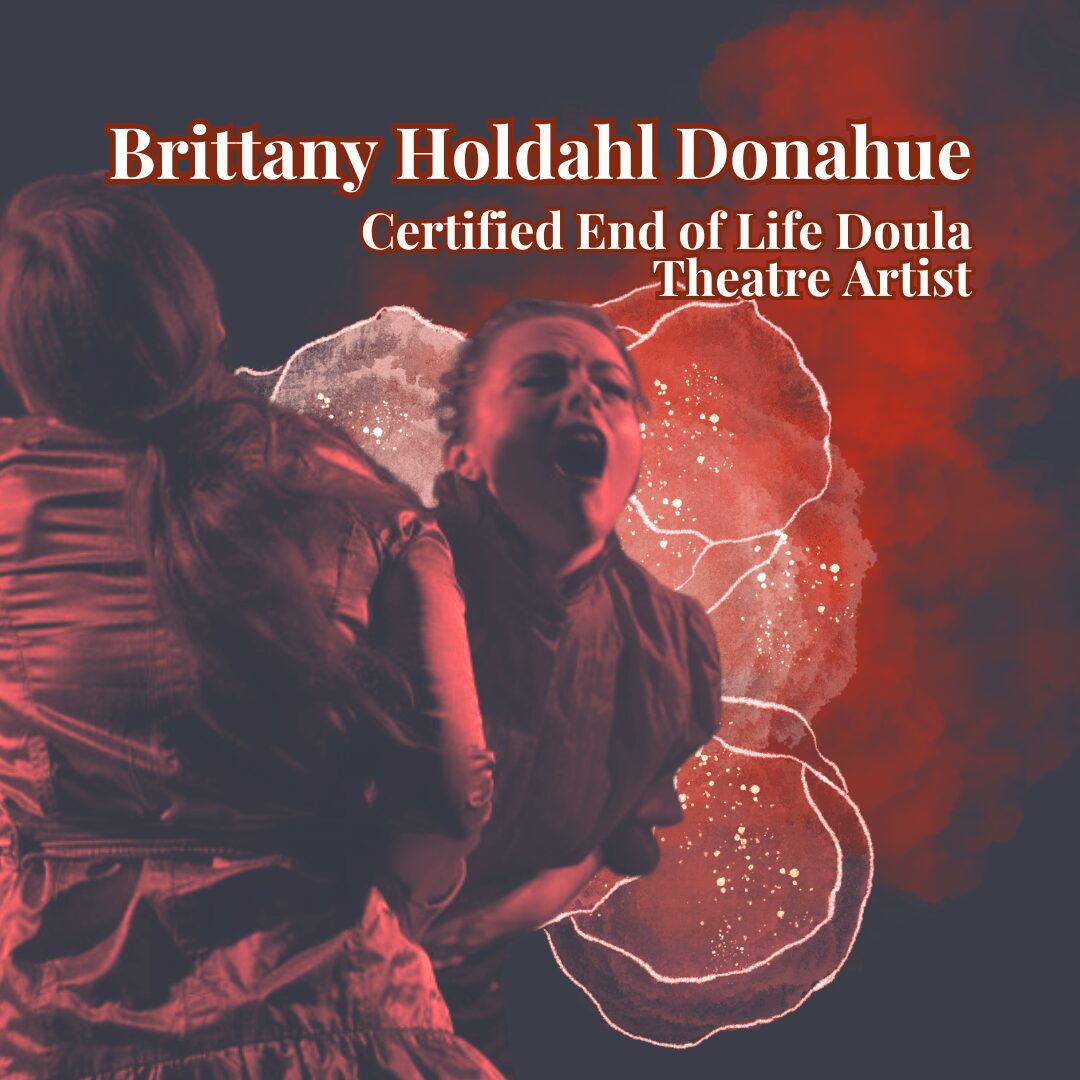
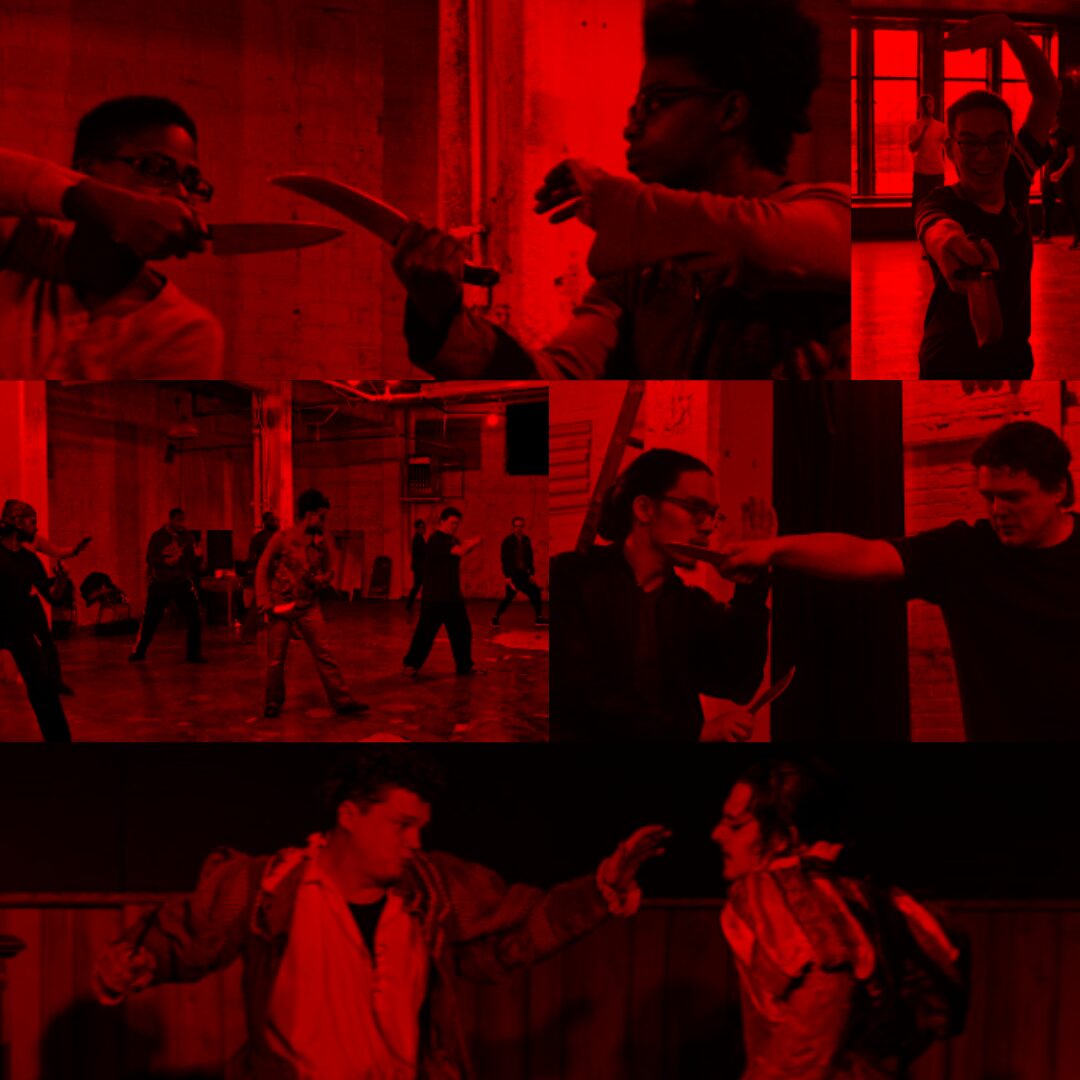
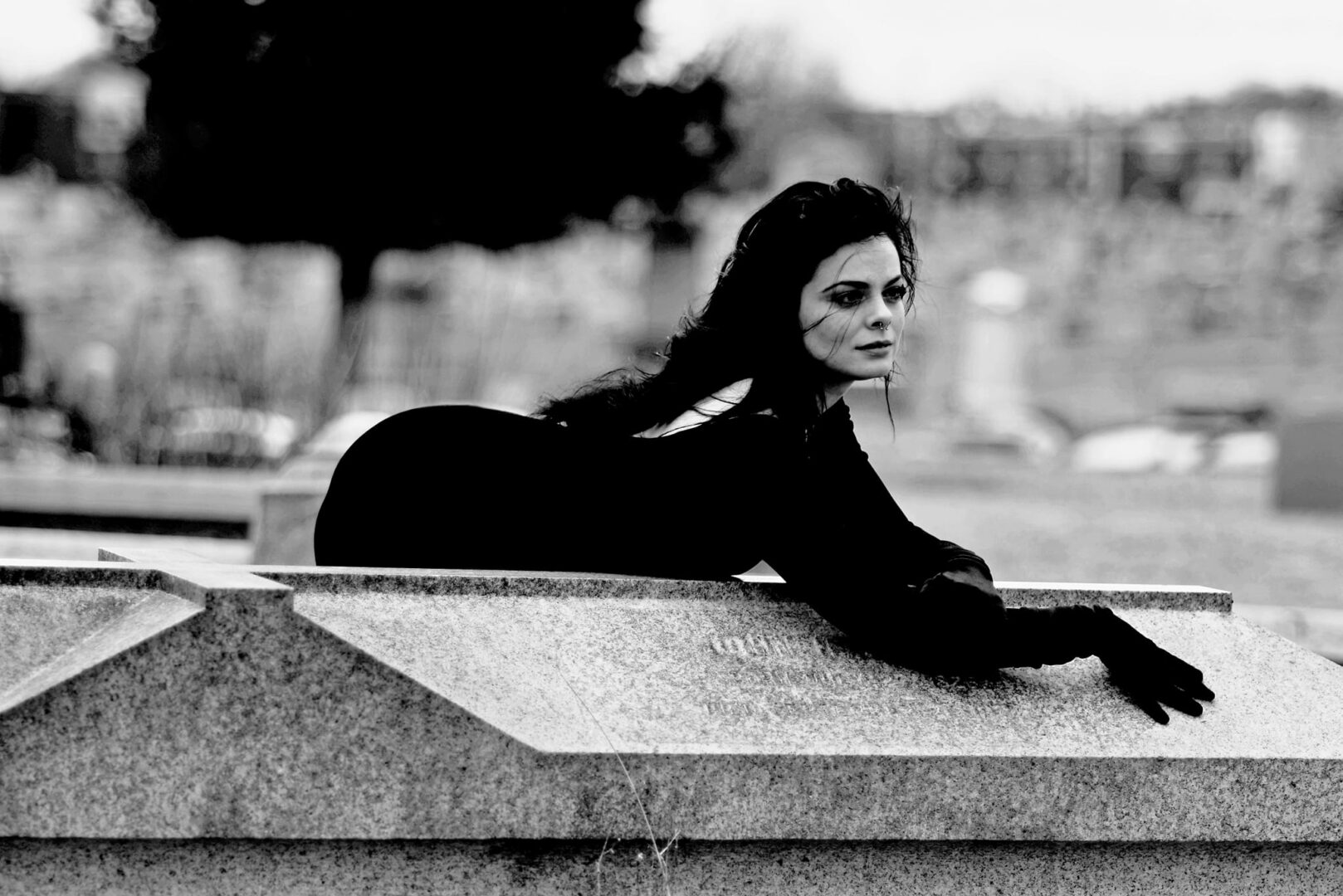
Image Credits
Photographers Featured: Ed Yungmann, James Jackson, Kenny Nguyen, and J. Klein. All Rights Reserved.
Graphic Design for Posters: Brittany Holdahl Donahue.
so if you or someone you know deserves recognition please let us know here.

